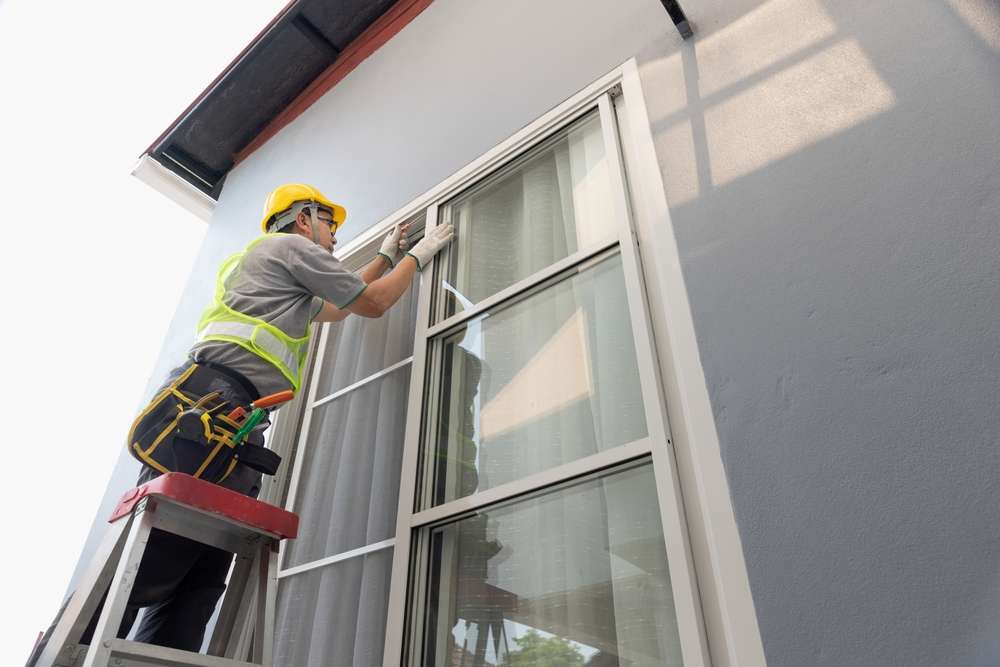Understanding Roof Repair Ideas and Services for Your Home
Maintaining a sturdy roof is essential for protecting your home from the elements and preserving its structural integrity. Whether you're dealing with minor leaks, damaged shingles, or more extensive wear and tear, knowing your roof repair options can save you time, money, and stress. This guide explores practical roof repair ideas, common repair needs, and what homeowners should consider when addressing roofing issues.

What Are Common Roof Repair Needs?
Roof damage can manifest in various forms, from missing or cracked shingles to leaks, sagging sections, and deteriorated flashing. Understanding the most common repair needs helps homeowners identify problems early and prevent more costly damage down the line. Asphalt shingles, for instance, may curl or break due to age and weather exposure, while metal roofs might develop rust or loose fasteners. Flat roofs often experience pooling water that leads to membrane damage. Regular inspections, especially after storms or extreme weather, can reveal issues like granule loss, moss growth, or damaged valleys that require prompt attention.
How Can You Identify When Roof Repair Is Necessary?
Recognizing the signs of roof damage early is crucial for maintaining your home’s protection. Interior warning signs include water stains on ceilings or walls, peeling paint, mold growth, and increased energy bills due to poor insulation. Exterior indicators involve missing or damaged shingles, sagging roof sections, clogged or damaged gutters, and visible wear around chimneys and vents. Homeowners should conduct visual inspections from the ground at least twice a year and after severe weather events. If you notice daylight coming through roof boards in your attic or find shingle granules in your gutters, these are clear signals that repair work may be needed. Addressing these issues promptly can prevent minor problems from escalating into major structural damage.
What Roof Repair Ideas Can Extend Your Roof’s Lifespan?
Implementing preventive maintenance and timely repairs can significantly extend the life of your roof. One effective approach is to replace individual damaged shingles rather than waiting for widespread failure. Sealing small leaks with roofing cement or caulk can prevent water infiltration. Cleaning gutters and downspouts regularly ensures proper drainage and prevents water backup that can damage roof edges. Trimming overhanging tree branches reduces the risk of physical damage and limits moss and algae growth. Installing proper attic ventilation helps regulate temperature and moisture levels, reducing the risk of shingle deterioration and ice dam formation. For flat roofs, applying a reflective coating can protect the membrane from UV damage and reduce cooling costs. These proactive measures, combined with professional inspections, help maintain your roof’s integrity and delay the need for complete replacement.
When Should You Consider Professional Roof Repair Services?
While some minor roof repairs can be handled by experienced DIY enthusiasts, many situations require professional expertise. Complex repairs involving structural damage, extensive leak detection, or work on steep or high roofs should always be left to licensed contractors. Professional roofers have the necessary safety equipment, insurance coverage, and technical knowledge to diagnose problems accurately and execute repairs correctly. They can identify underlying issues that may not be visible to untrained eyes, such as rotted decking or inadequate ventilation. Additionally, professional repairs often come with warranties that protect your investment. If your roof is older than 15 to 20 years, experiencing multiple problem areas, or showing signs of widespread wear, consulting with a roofing professional can help you determine whether targeted repairs or full replacement is the most cost-effective solution.
What Factors Influence Roof Repair Costs?
Understanding the variables that affect repair costs helps homeowners budget appropriately and make informed decisions. The extent of damage is the primary cost driver, with minor shingle replacement being relatively inexpensive compared to structural repairs or extensive leak remediation. Roof pitch and accessibility also play significant roles, as steeper or higher roofs require additional safety measures and labor time. Material type influences both the cost of replacement materials and the complexity of installation. Geographic location affects labor rates and material availability. The time of year can impact pricing, with emergency repairs during storm season often commanding premium rates. Additional factors include the need for permits, disposal of old materials, and whether underlying damage to decking or insulation requires attention.
| Repair Type | Typical Cost Range | Factors Affecting Price |
|---|---|---|
| Minor shingle replacement | $150 - $400 | Number of shingles, material type, roof accessibility |
| Flashing repair | $200 - $500 | Location, extent of damage, material quality |
| Small leak repair | $300 - $1,000 | Leak source identification, underlying damage, labor complexity |
| Valley repair | $400 - $1,500 | Valley length, material type, structural condition |
| Chimney flashing replacement | $500 - $1,200 | Chimney size, flashing material, sealant quality |
Prices, rates, or cost estimates mentioned in this article are based on the latest available information but may change over time. Independent research is advised before making financial decisions.
How Can Regular Maintenance Prevent Major Roof Repairs?
Consistent maintenance is the most effective strategy for avoiding expensive roof repairs and maximizing your roof’s lifespan. Scheduling professional inspections annually or biannually allows experts to catch minor issues before they become major problems. Keeping gutters clean prevents water backup and ice dam formation. Removing debris like leaves and branches reduces moisture retention and potential damage. Checking and maintaining proper attic insulation and ventilation helps prevent heat and moisture buildup that can deteriorate roofing materials from the inside. Promptly addressing small repairs prevents water infiltration that can damage structural components, insulation, and interior finishes. Documenting maintenance activities and repairs creates a valuable record that can help identify patterns and inform future decisions. By investing in regular maintenance, homeowners can avoid emergency repairs, extend their roof’s functional life, and protect their home’s overall value and comfort.




